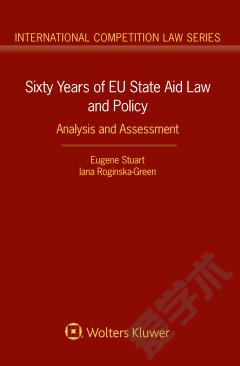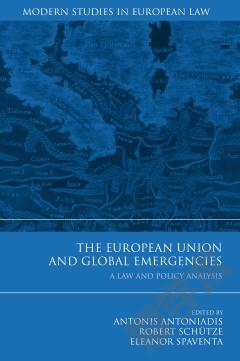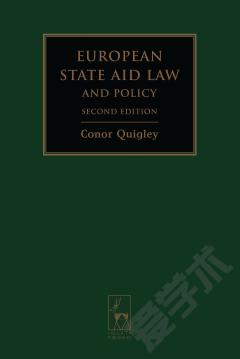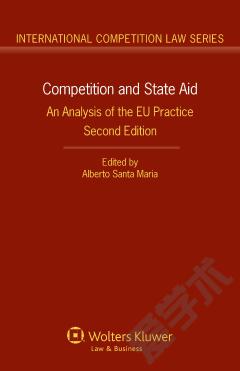Sixty Years of EU State Aid Law and Policy —— Analysis and Assessment
----- 欧盟国家援助法律和政策六十年
If an EU industrial policy can be said to exist, its contours may be found in the complex and evolving concept of State aid. Because approaching any State aid issue can be fraught with multiple and sometimes conflicting interpretations, an in-depth analysis of the rationales, initiatives, and regulations that constitute the State aid system is much needed. In response to this need, this book provides a fine-grained clarifying context through which recent reforms, policy shifts, and judicial decisions concerning State aid can be understood and applied to specific situations.Focusing on the impacts of landmark cases and policy developments leading up to a deeply informed critique of the current State Aid Modernisation Programme, the authors cover such issues and topics as the following: – linkages to other established and evolving EU common policies and common strategies;– effect of EU State aid rules in the expanding geopolitical regions of EU influence;– interaction with the WTO Subsidies and Countervailing Measures Agreement;– the problem of a ‘subsidies culture’; – how the European Commission’s notion of ‘bad’ State aid has evolved;– effect of EU policy imperatives (e.g., environmental goals) which implicitly argue for increased subsidisation;– nexus with EU tax harmonisation;– competition among undertakings versus competition among Member State policies; and– nature of the quasi-devolution of regulatory responsibilities to EU Member States.This book is a crucially important source of both theoretical enlightenment and practical wisdom that will greatly enhance confident progress through any legal matter involving EU State aid rules. It will prove of immeasurable value to practitioners, in-house counsel, policymakers, and academics for many years to come.
{{comment.content}}








 京公网安备 11010802027623号
京公网安备 11010802027623号